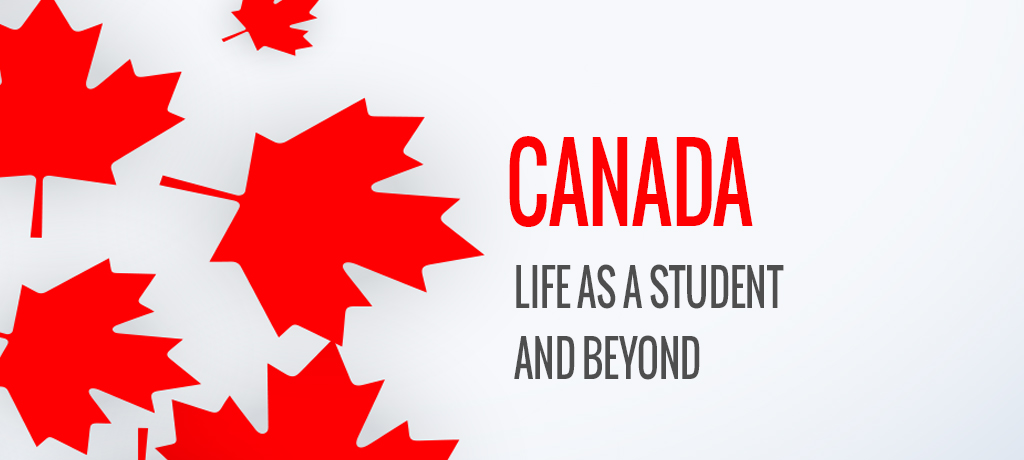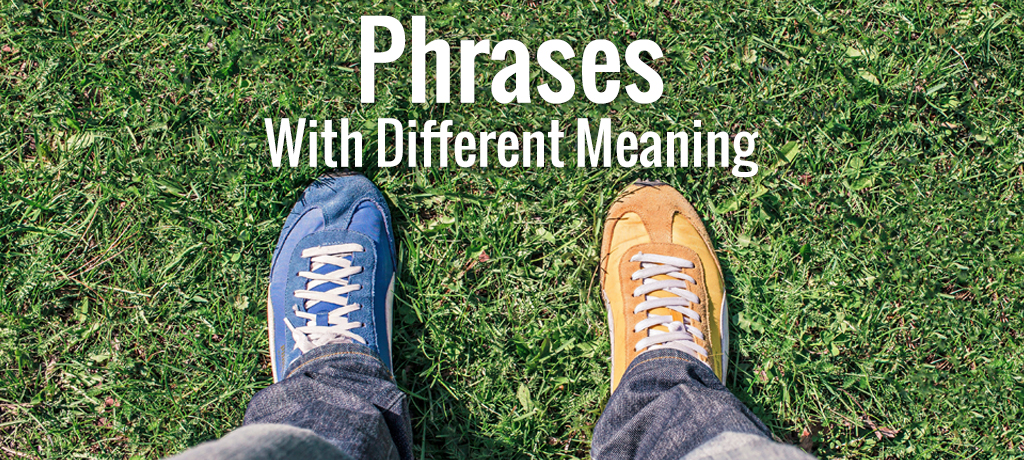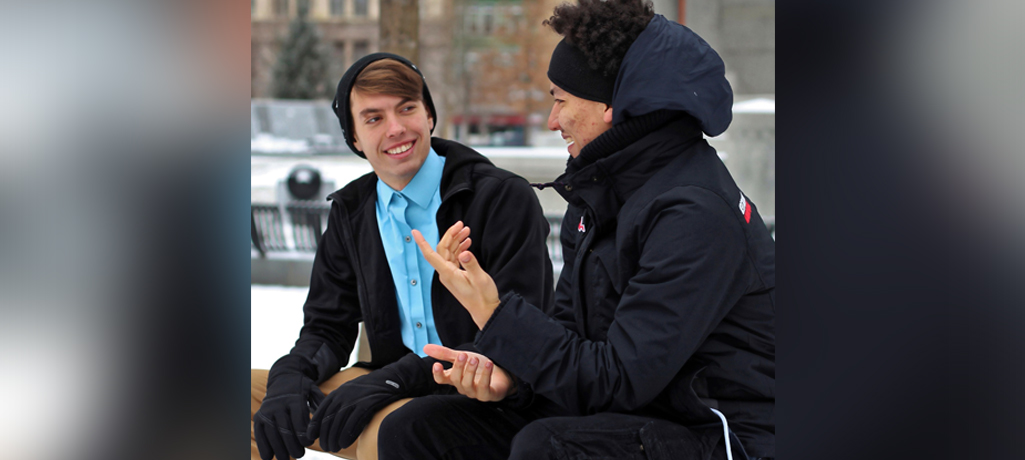Five years ago, I made a life-altering decision to study in Canada. Today, reflecting on my time there, I see how instrumental those years have been, and whilst at the time it was a daunting step, there’s no doubt it was a terrific one.
Why? Because studying in a foreign country exposed me to a whole new world – new cultures, people and lifestyle. I not only gained an educational degree, but discovered so much about myself, including new interests, insights and passions. Moreover, I got an exceptional academic experience backed by unique pedagogy. Lastly, but most importantly, I made lifelong companionships and long-lasting memories!
The Admission process
After I had finally decided to study in Canada the admission process began. From scouting potential universities which offered relevant courses to receiving the coveted student visa which gave me the status of a full-time university student in Canada, the process took a while. It was daunting at times and it took me a while to get the lay of the land. After finalising a few options, I decided to apply to five universities for my Master’s degree in Computer Science. Canada’s admission intake cycle happens during September, January and May.
From writing my SOP to getting my LORs submitted on time, it took me a few weeks to get everything in order. Finally, the wait ended in March, when I received my first admit call from Simon Fraser University (SFU), Vancouver. I still remember that moment as clear as day. I was in Dehradun at that time, attending my boarding school reunion. Naturally, I was overwhelmed and excited but also, if I’m being completely honest, slightly nervous. It was a big move, leaving behind my family and friends and heading to a country where I had no family at all.
Canada and India are extremely different in terms of culture and environment. A chat with someone who is living in Canada beforehand goes a long way to calm the nerves. This also prepared me for a variety of issues like packing essentials, medical aspects and various other lifestyle issues faced by Indian students later in Canada.
After receiving one admission call, I eventually received calls from the University of Waterloo & Toronto as well. However, I had already made up my mind to head to the West Coast and locked in my first choice, SFU.
Travelling to Canada
There are now direct flights from New Delhi to Vancouver and Toronto which is preferable to a day stopover as it’s a long haul- especially if you are new to this sort of travel. Just as an aside- the Student Direct Stream service by Canadian Immigration now offers future students a streamlined and faster method to get a study visa. It’s essential to have all your financial documents in order during the visa process.
I landed in Vancouver for the first time in late August. Landing in the month of August or September usually means there’s a long line at the immigration counters, as the fall semester is Canada’s largest intake. So be prepared for long queues! Ironically on my very first day in Vancouver, a storm occurred, leading to a 24-hour power outage at SFU and across the whole city, Worse than being in India! So here I was, my first night in Vancouver and I was relying on glow sticks and the 8 pm sunshine (yes, you’ll love the summers in Canada) to unpack and praying for hot water!
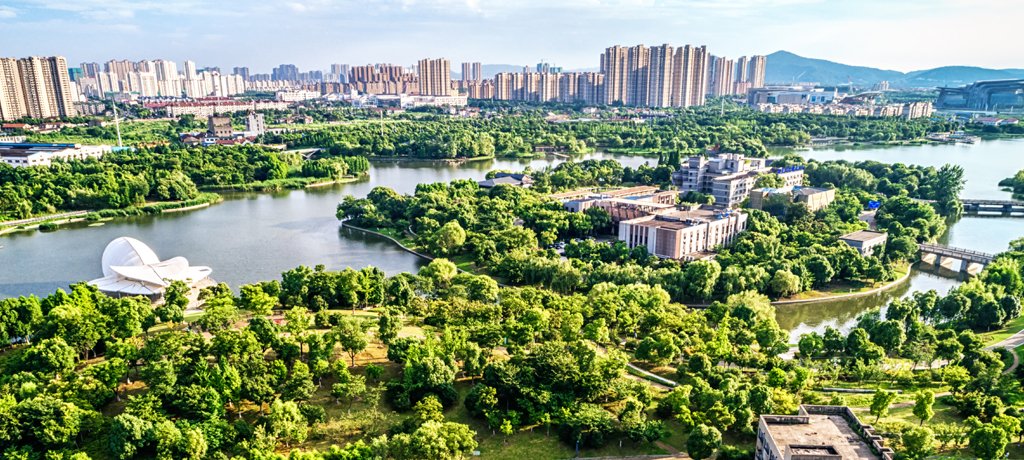
University Campus
Simon Fraser’s campus has been designed exquisitely, perched atop Burnaby mountain, overlooking the Burrard inlet, nestled among the clouds and home to the Trottier Space Observatory. The courtyard at the observatory has a beautiful path known as Rainbow Road.
The University has amazing on-campus housing facilities, with a 24-hours open dining hall, acting as an icing on the cake! Living on-campus was a no brainer for me, as I had studied in a residential school for most of my academic life. On-campus housing does cost a tad more but you save money as well as precious time on the commute. I lived in Hamilton Hall, which only housed Masters and PhD students. During my time there I met two of my closest friends, Michael and Katherine, with whom I have formed a life-long bond.
Food
The food choices are amazingly varied and suit everyone’s demands. Specifically, if you love Sushi, there are plenty of affordable places to check out.
Must visit destination
Students like to spend their winter break visiting family or seeing the wonderful lightings across the many parks and bridges in Vancouver. A popular destination is Stanley Park which is along the seafront and home to the Vancouver Aquarium. The aquarium has beluga whales amongst other impressive sea life and is breathtakingly beautiful.
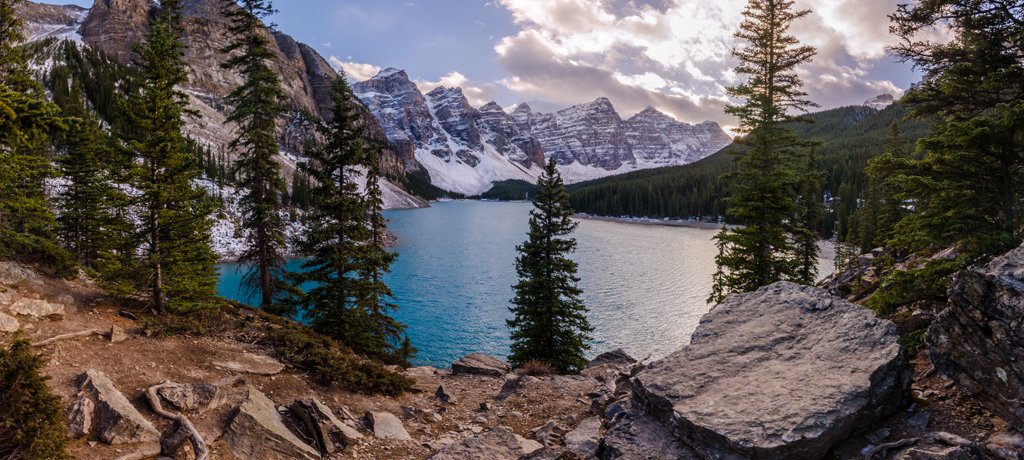
Study Experience
After the initial few days of orientation, the assignments came in thick and fast and before we knew, the midterms were upon us. Students from India, especially those who complete their Bachelor’s outside Canada will realise that the teaching methodology and learning style varies drastically. The courses and exams are oriented towards knowledge application, along with the theoretical aspects of a course.
Right after midterms, students get into a festive mood for the major festivals – Halloween and Remembrance Day. As an Indian, experiencing Canadian holidays and traditions were exciting, although I sorely missed Diwali. After the festivities, once again weeks of assignments followed by examinations and then the much long for winter vacations.
Ironically, although I had completed my schooling in a boarding school in Dehradun, which of course is in the foothills of the Himalayas, my first experience of snowfall, which I shall always cherish, happened in Canada! Added to that, the holiday lighting in the city during November and December is immensely beautiful and creative.
After the winter break, the second term began in January. It was even more challenging academically as I had taken an extra course and was also simultaneously looking for a Co-op(Internship) during the summer term. Meanwhile, I had also got the opportunity to join the Residence Hall Association as an elected board member from Hamilton Hall. This required me to organise events for the dormitory residents – an experience which I loved and introduced me to Matthew, a dear friend who was working as a Residence Life Coordinator at SFU. Canada, being a nation in the high human development category ensures that universities have a dedicated Residence Life Office. These offices are responsible for student wellbeing, organising various social and community events and also act as the first point of help for all residents. Each residence area/dorm has a team of Community Advisors who are recruited following a thorough hiring procedure and are trained in the Residence Life Program offered by SFU.
With my second term coming to an end in April, things started to shape up for a busy summer and second year. I’ll be honest; I was really looking forward to sunshine and long days after the long winter. The professors were really supportive throughout. I decided to get even more involved with SFU Residences and applied to become a Community Advisor, an experience I’ll always cherish for everything I learnt and the eternal friendships I made.
As the summer term began, I met my new Community Advisor teammates Michael and Katherine. The three of us were under the leadership of Matthew and we enjoyed every bit of our time as Community Advisors working for SFU Residences over the next one year. The team chemistry was instant and we developed a great working relationship.
The next year for me brought additional work at the university as a Research and Teaching Assistant. There are so many other opportunities for students which definitely help in partially covering tuition and living expenses. Students can work part-time for up to twenty hours per week and full time during vacations.
After the course completion, I received a 3-year work permit. This permit allows students to look for jobs and settle down in Canada. Since I had prior full-time work experience in India, I was eligible to apply for permanent residency, something I could have done even prior to my degree. It takes up to 6 months to receive your PR once all the documents have been submitted.
Eventually, after graduation, I moved to Toronto with my PR for work and had the chance to explore the East Coast as well. The winters on the East Coast are harsher and temperatures dip as low as -30 degrees in Toronto. However, there are more universities and work opportunities on the east coast. Vancouver and the West Coast is definitely more beautiful and the weather is moderate. The choice between which region to go eventually boils down to your personal preferences. Canada is a welcoming country with world-renowned universities and is a great place to study and settle down permanently.
Overall, the entire experience was wonderful and well-worth all my time and expenses. The flexible nature of course selection, the office hours and support of the professors and the infrastructure made SFU a great place to study. Added to that, the co-curricular exposure I received was the icing on the cake!
If you are thinking about heading to Canada or have already studied there, share your thoughts and experiences with us by commenting on the article. Thanks

